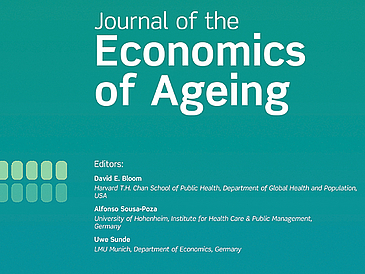Torben Klarl and his co-author Jürgen Antony have examined the validity of the income inequality hypothesis (IIH), which states that high income inequality is detrimental to human health. A novel continuous wavelet approach allowed them to directly estimate the association between health and income inequality for the U.S. between 1941 and 2015 simultaneously, at any frequency and time domain. After controlling for gender, aggregate income, governmental spendings on health and education, the paper finds, first, that the frequency domain is relevant for identifying any relationship between health and income inequality, but, second, the overall evidence for the IIH is weak. Only for the time span 1956-1993 and for long-run frequencies, they find that an increase of income inequality has adverse effects on health. They are not able to confirm the existence of the IIH for any other time periods at different frequencies, even not for the period of the recent financial crisis. Hence, the empirical confirmation of the IIH is the rare exemption rather than the rule and its existence, at least on an aggregate level, clearly depends on the frequency domain. The paper is published in The Journal of the Economics of Ageing.

